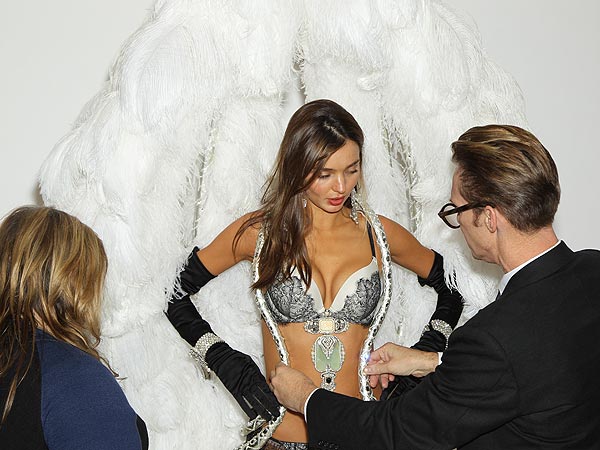So in June, the United States ambassador, Gary F. Locke, traveled to Inner Mongolia, the coal-rich region of grasslands and boom cities, where Mr. Hu is party chief. At a banquet in Hohhot, the regional capital, Mr. Hu proudly opened a bottle of local liquor, and Mr. Locke joined in a toast.
Mr. Hu’s rising star got brighter this month when he was named one of 15 new members on the party’s 25-seat Politburo. Political analysts say he could be on track to ascend to the Politburo’s elite Standing Committee at the next party congress, in 2017. That would put him in the running for the top party job — and the mantle of leader of China — when Xi Jinping, the new party chief, steps down after his expected two five-year terms.
Mr. Hu is the most prominent of a clutch of political stars known as China’s “sixth generation.” They were handpicked by party leaders and elders years ago to succeed Mr. Xi’s fifth generation (the first generation was that of Mao Zedong). Now, those politicians are being slotted into some of the most important posts across China.
Political insiders say Mr. Hu will probably be sent soon to Guangdong, a coastal province that is central to China’s export economy. His closest rival, Sun Zhengcai, whom Mr. Locke also met this year, was posted earlier this month to Chongqing, the booming southwest municipality of 31 million once run by Bo Xilai, the disgraced party aristocrat.
If Mr. Hu and Mr. Sun both make it onto the Standing Committee in 2017, they would be in position to vie for the top two party posts in 2022, which would confer on them the state titles of president or premier.
Even as prominent voices across China are calling for greater political openness and a more democratic selection process, the promotions suggest that party leaders want to institutionalize the path to power that elders laid out in back-room deals for Mr. Xi and the new second-ranking party member, Li Keqiang. The two were the only fifth-generation officials selected for the Standing Committee in 2007, putting them ahead of their peers.
Mr. Hu and Mr. Sun, both 49, are the youngest members of the Politburo, and their new postings would be aimed at giving them exposure to the economic engines of China’s main industrial centers before they ascended further.
“The fact that they’re in the Politburo makes them far more competitive than others,” said Cheng Li, a scholar of Chinese politics at the Brookings Institution. “They’ll be tested in their current positions, but the tests work in their favor unless something terrible happens.”
Mr. Hu and Mr. Sun grew up during the Cultural Revolution; they were in their formative teenage and young adult years during the dawn of Deng Xiaoping’s “reform and opening” era in the late 1970s and early 1980s, when China experimented with market-economy policies and gradually opened to the world. The two men are better educated than most older leaders: Mr. Hu has a degree in Chinese literature from Peking University; Mr. Sun received a doctorate from China Agricultural University. While earning that degree, Mr. Sun studied in Britain for a half-year.
By some accounts, they are on opposite sides of the two competing patronage networks that have dominated Chinese politics in the post-Deng era. In broad terms, the main power centers revolve around Hu Jintao, 69, who just stepped down as party chief and civilian head of the military, and Jiang Zemin, his predecessor. A third pole is expected to emerge, as Mr. Xi, 59, who became the new party chief with the strong support of Mr. Jiang, tries to consolidate his power and move allies into important posts.
This year, Mr. Jiang, 86, though retired, quietly exerted enormous influence during the leadership transition to ensure that five of his allies got on to the seven-member Standing Committee. A central question in the coming years is how long Mr. Jiang will stay in decent health; last year, he suffered a severe illness.
Five Standing Committee members are expected to retire in 2017 because of an age limit. That means negotiations for those seats are already starting in earnest. Hu Jintao is expected to push hard for the younger Mr. Hu, who is no relation but is known as “Little Hu,” to get on the committee in the next round. Mr. Sun, meanwhile, is said by Mr. Li and several other analysts to be a protégé of Jia Qinglin, who recently stepped down from the Standing Committee and is close to Mr. Jiang. But there is also talk that Wen Jiabao, who is scheduled to retire as premier in March, could be another patron of Mr. Sun.
As Mr. Xi builds his power base, he may have as much say as Mr. Hu and Mr. Jiang over committee seats and other senior posts. That could throw a wrench into the current maneuvering by elders to secure prime jobs for the younger Mr. Hu, Mr. Sun and other sixth-generation stars, like Zhou Qiang, the party chief of Hunan Province and another protégé of Hu Jintao.
“Whether or not they’ll be able to take power and rule China is still a question mark,” said an editor of a party publication, who spoke on the condition of anonymity because of security concerns. “The question for these leaders isn’t whether or not they’re capable. The key is whether or not Xi likes them.”
He added: “If Xi likes someone, this person won’t have any problems. But if Xi doesn’t like him, then one crisis could end his prospects of a top job.”
Jonathan Ansfield contributed reporting. Patrick Zuo and Amy Qin contributed research.










